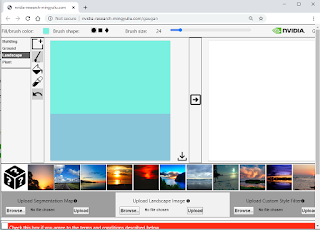Rhetorik ist die Kunst, als Person klar und überzeugend zu sein – also nicht bloss glänzend zu reden. Erfolgreiche Rhetorik ist nicht primär eine Technik, sondern vielmehr eine Haltung mit Selbstvertrauen und Selbstbewusstsein.
Zur Vorbereitung einer Präsentation, bei der es um die Einführung einer neuen Software geht, kann man folgende ZABA-Fragen stellen:
- Ziel: Was will ich erreichen, was soll die Präsentation bewirken?
- Anliegen: Worum geht es mir? Was soll für die Gegenseite klar werden? Was muss allenfalls noch geschehen, damit ich erfolgreich bin (Atmosphäre, etc.)
- Botschaft: Wenn mein Auftritt eine Werbung wäre, wie würde meine Botschaft lauten (ein Satz, der leicht verständlich ist, in Erinnerung bleibt und mir hilft, mein Ziel zu erreichen)?
- Argumente: Welcher Nutzen entsteht, für wen und in welchem Umfang? welches sind meine zwei bis drei überzeugendsten Argumente (Zahlen, Fakten, Erfahrung, glaubwürdige Erlebnisse, Studien, etc.)? Die beste Argumentationsformel dafür ist “1-2-3”: das überzeugendste Argument zuerst, das zweitbeste am Schluss, alle weiteren dazwischen.
(Quelle: Computerworld.ch Nr. 4/2010, Seite 17, www.thetalkcompany.ch)



